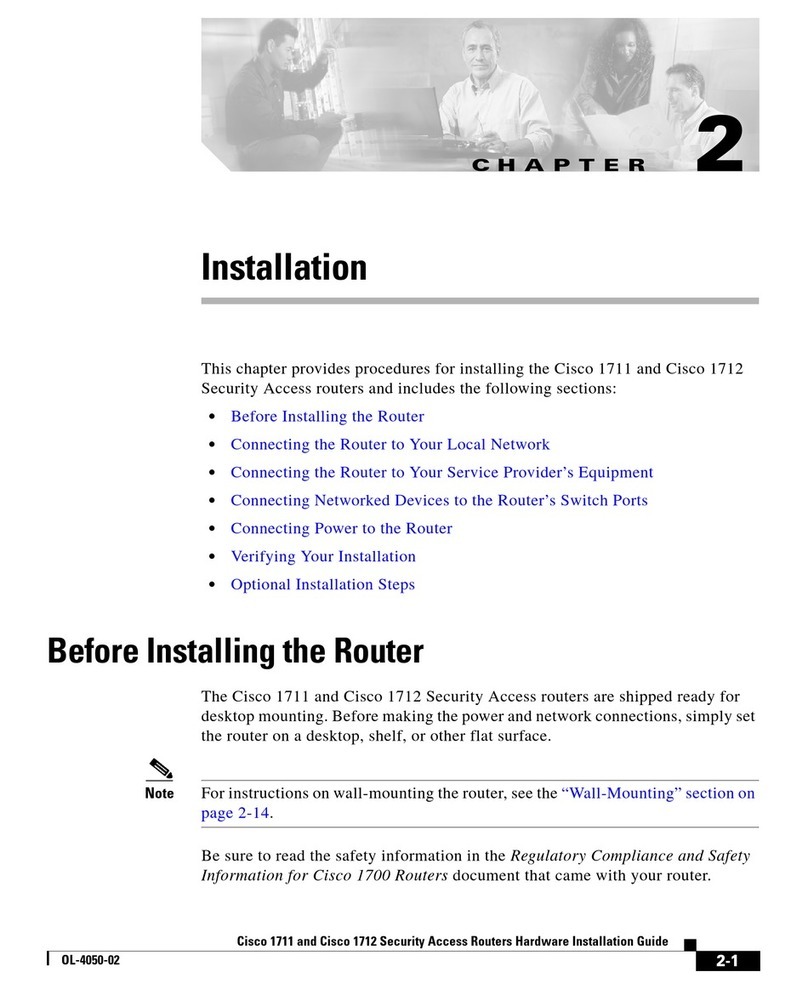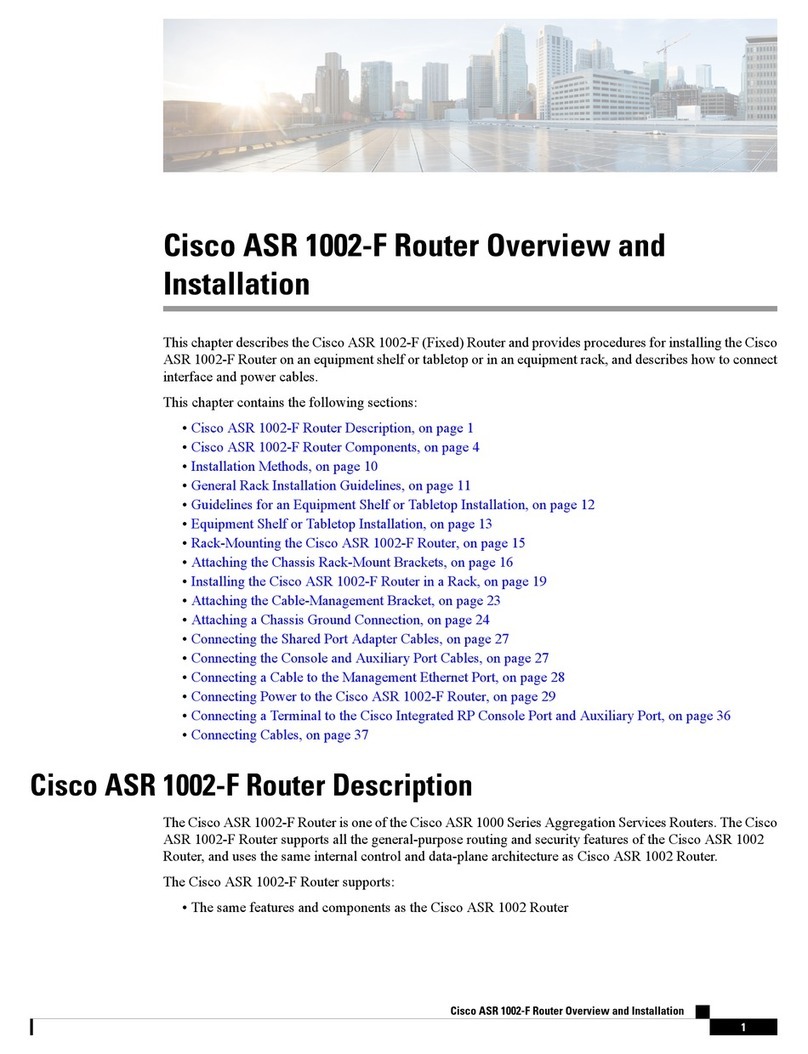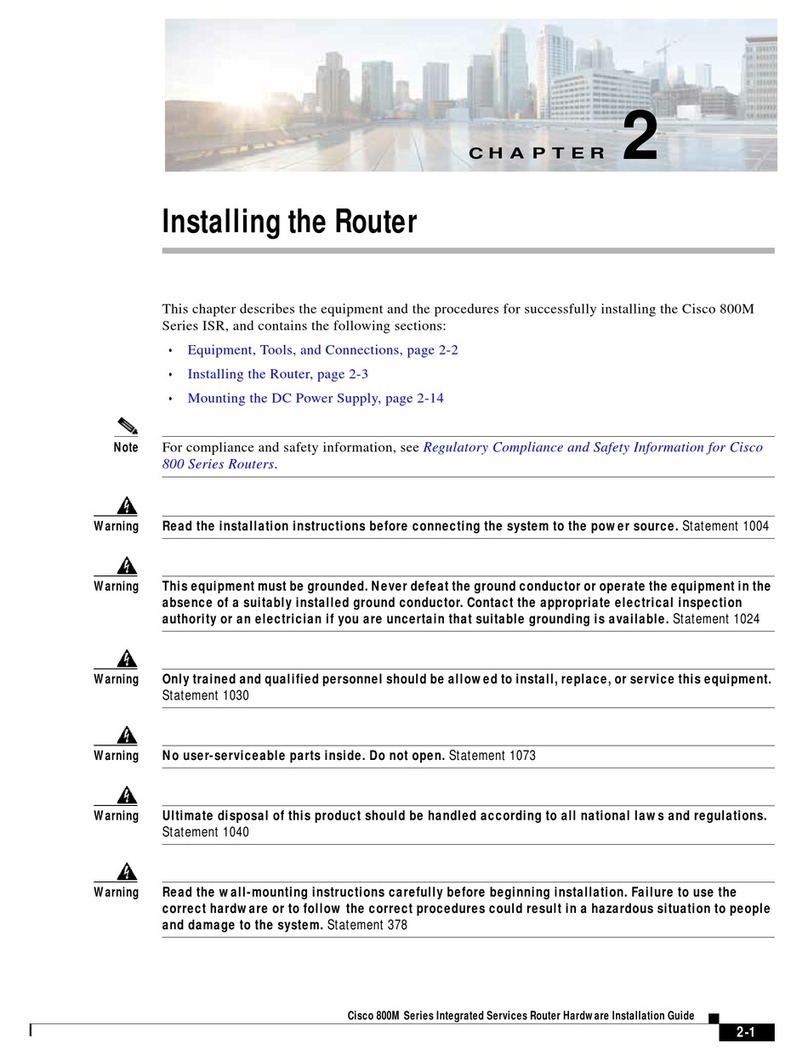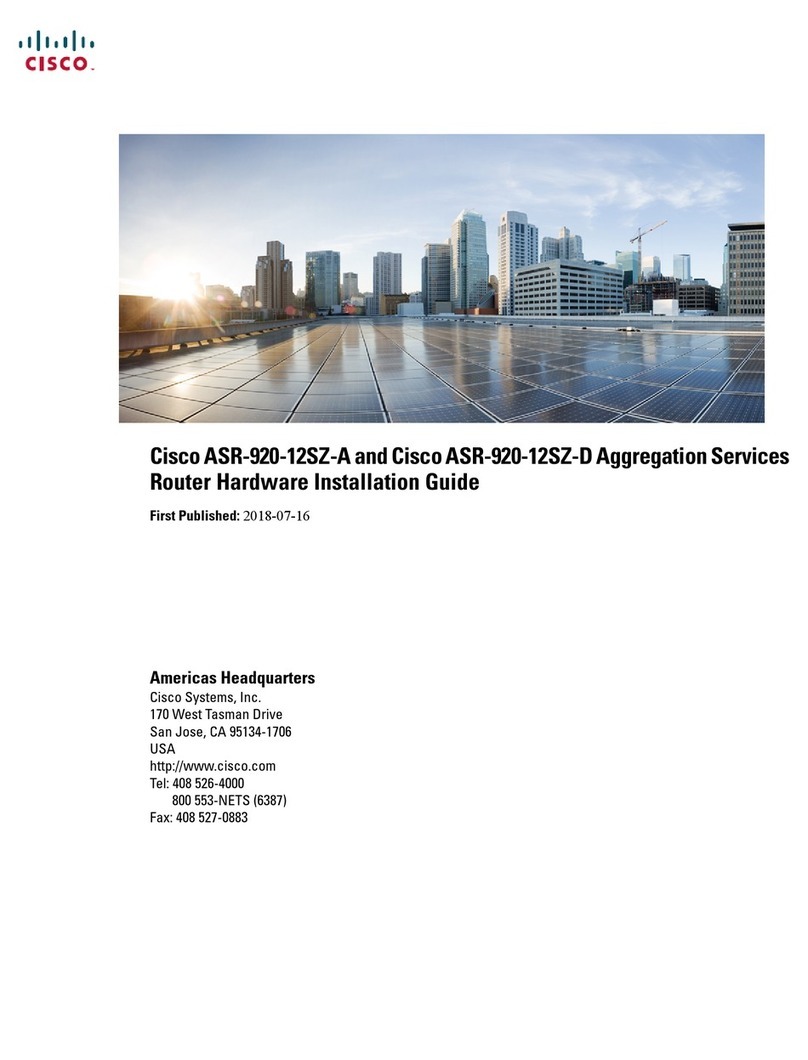Cisco Linksys SFE2000 How to use
Other Cisco Network Router manuals
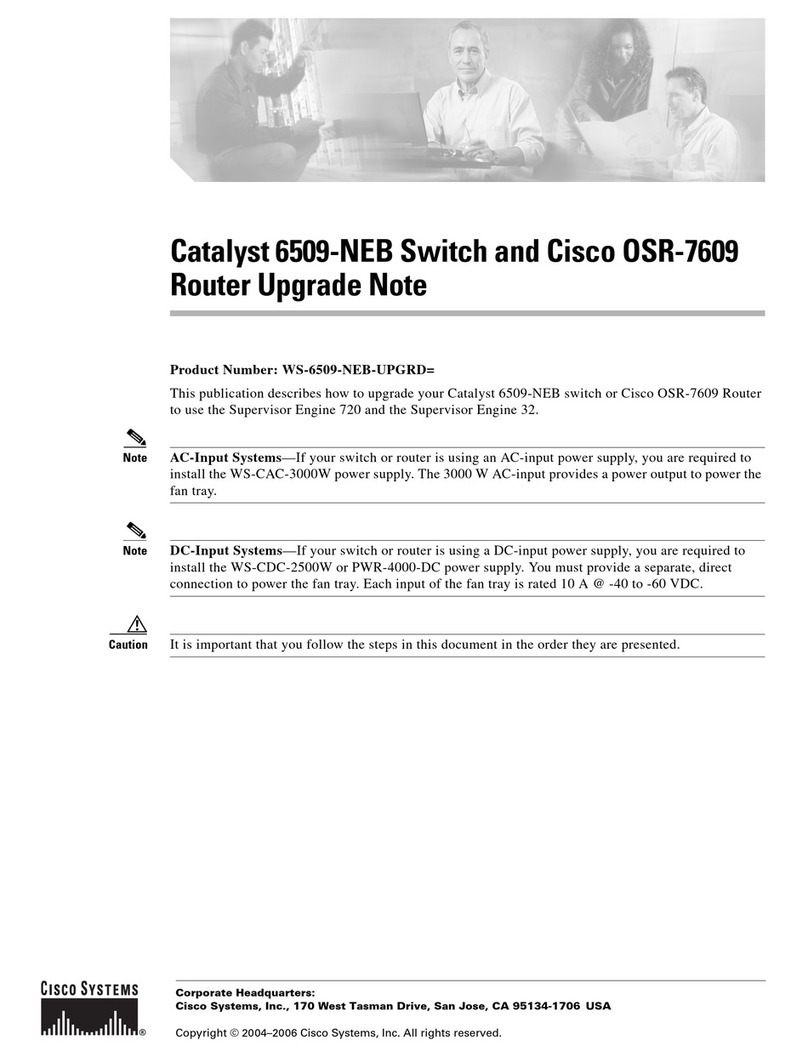
Cisco
Cisco OSR-7609 Installation and operation manual
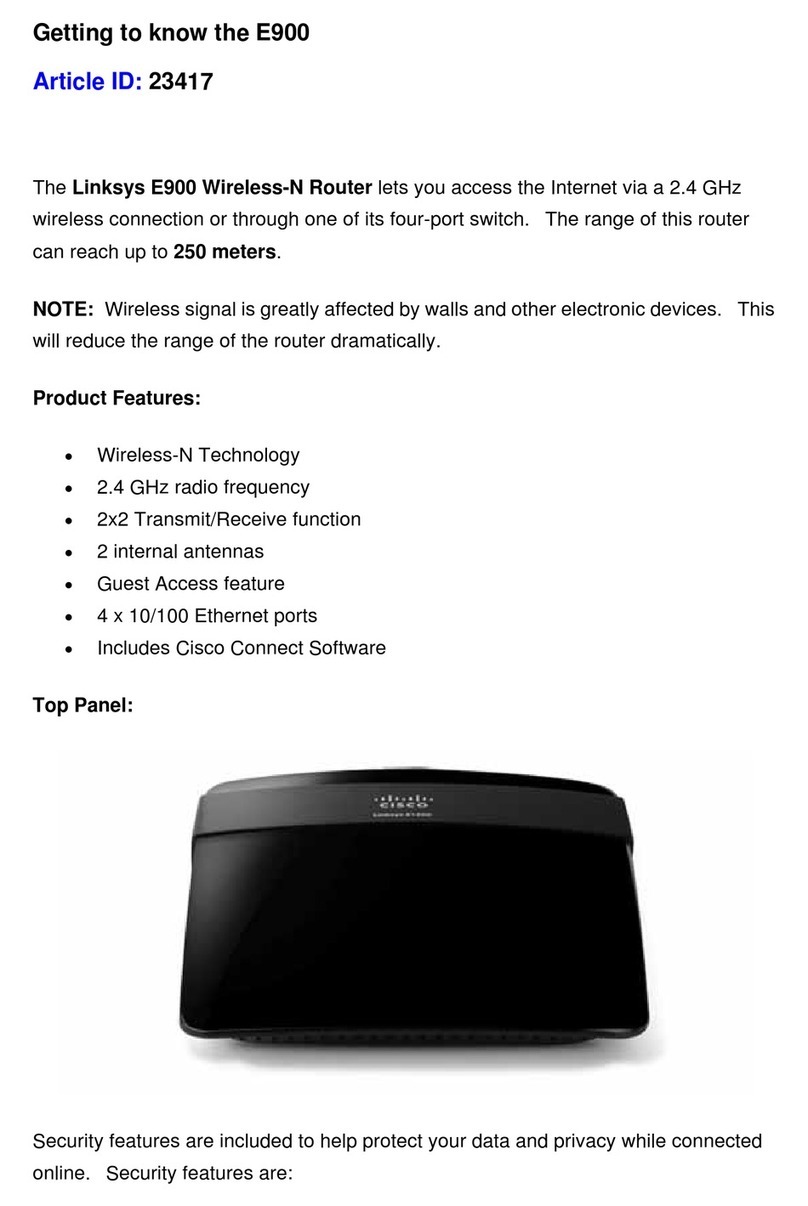
Cisco
Cisco Linksys E900 User manual
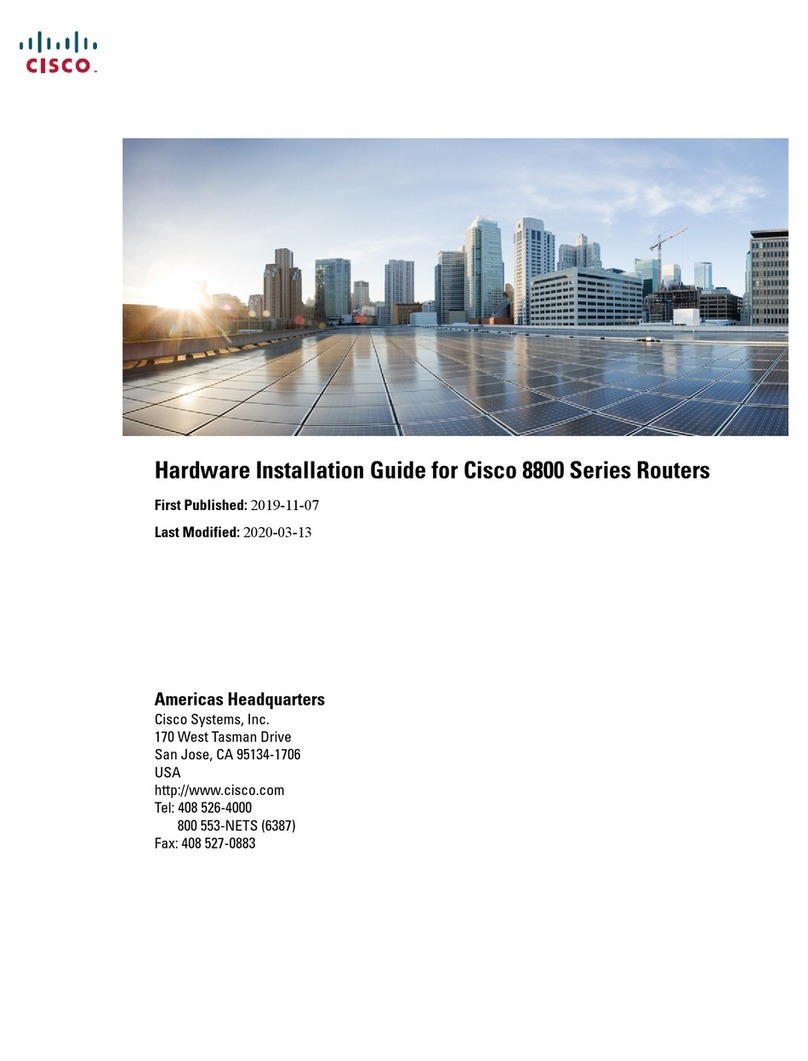
Cisco
Cisco 8800 Series Manual
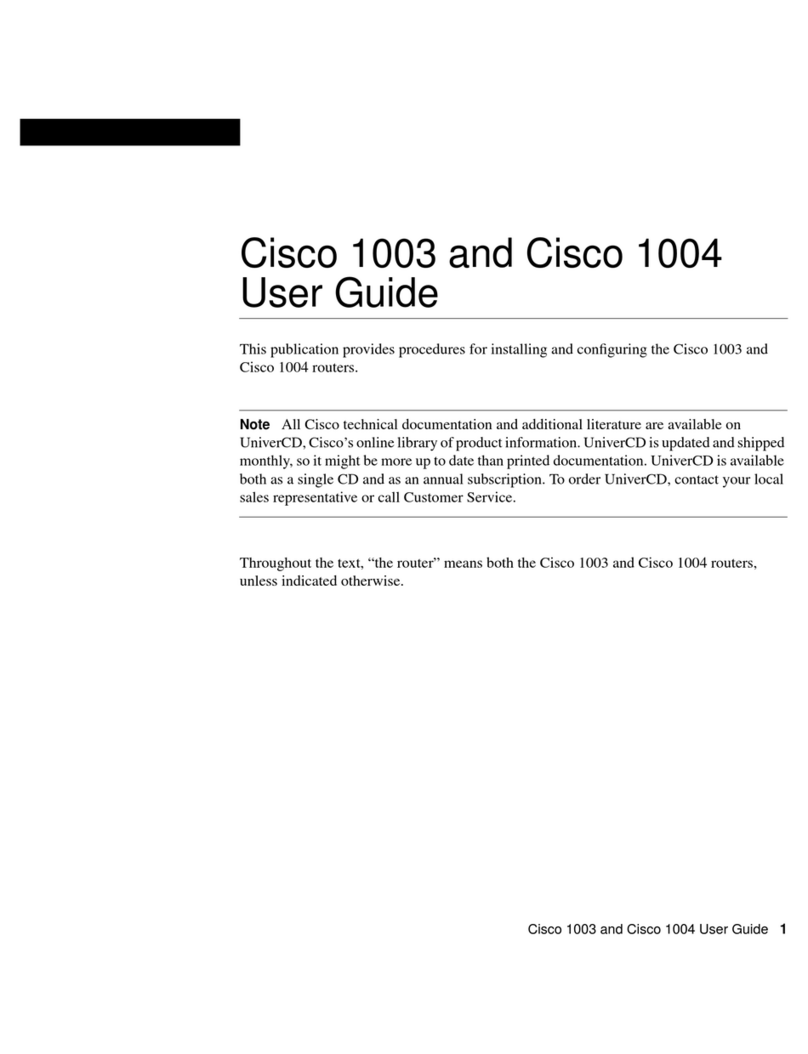
Cisco
Cisco 1003 User manual
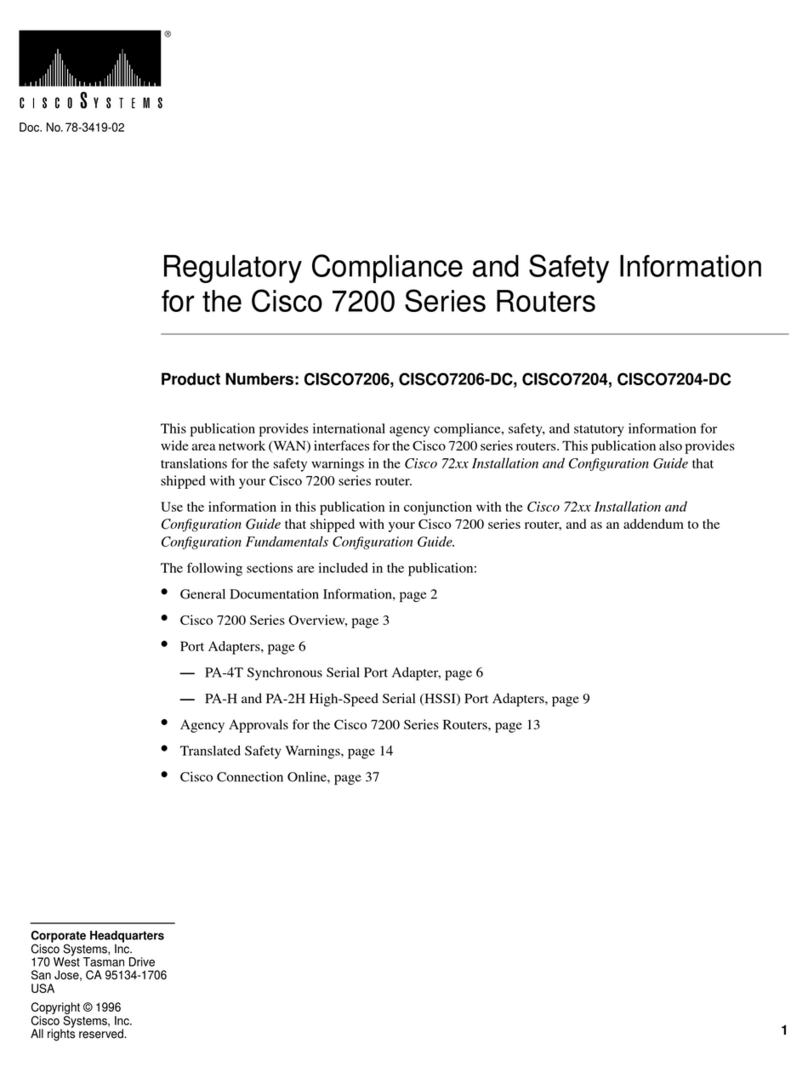
Cisco
Cisco CISCO7206 Original instructions

Cisco
Cisco ASR 1000 Series User manual

Cisco
Cisco NCS 560-4 Manual
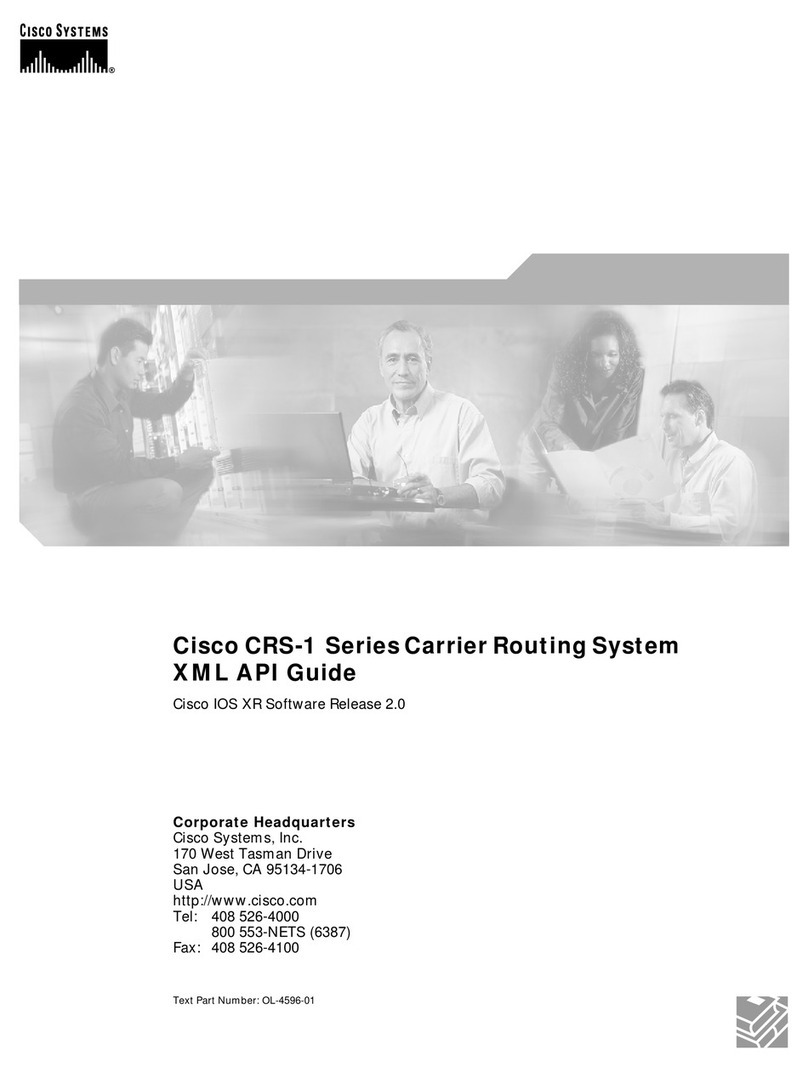
Cisco
Cisco CRS-1 - Carrier Routing System Router User manual

Cisco
Cisco ASR 9000 Series User manual
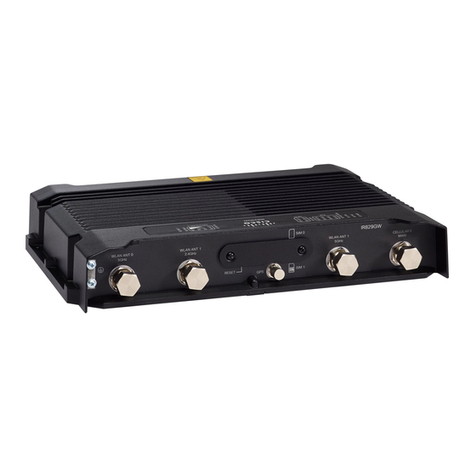
Cisco
Cisco IR829 Manual
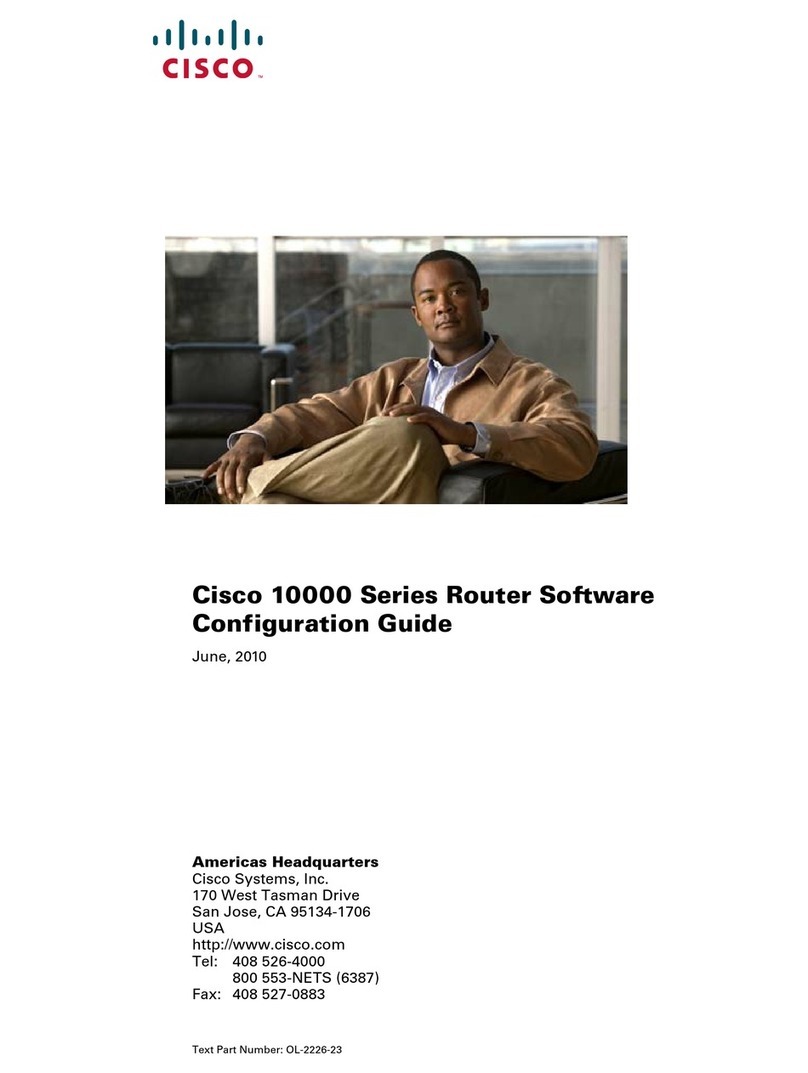
Cisco
Cisco 10000-2P2-2DC User manual
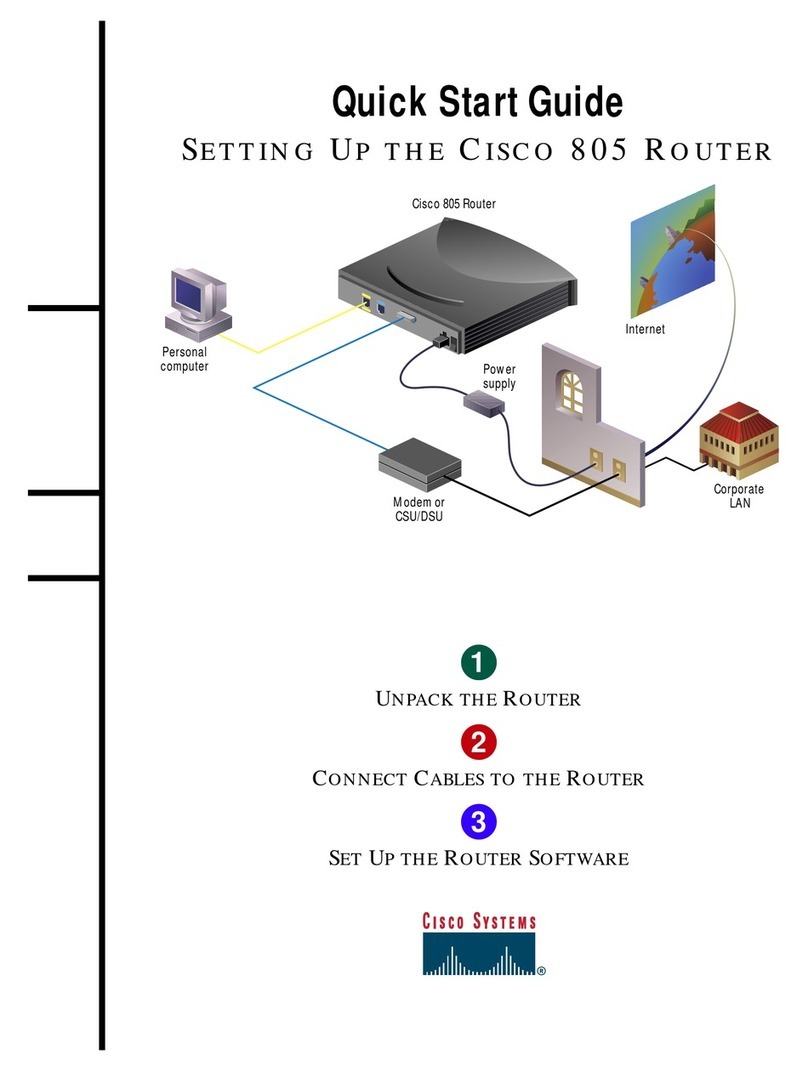
Cisco
Cisco 805 Series User manual

Cisco
Cisco IAD2435-8FXS User manual
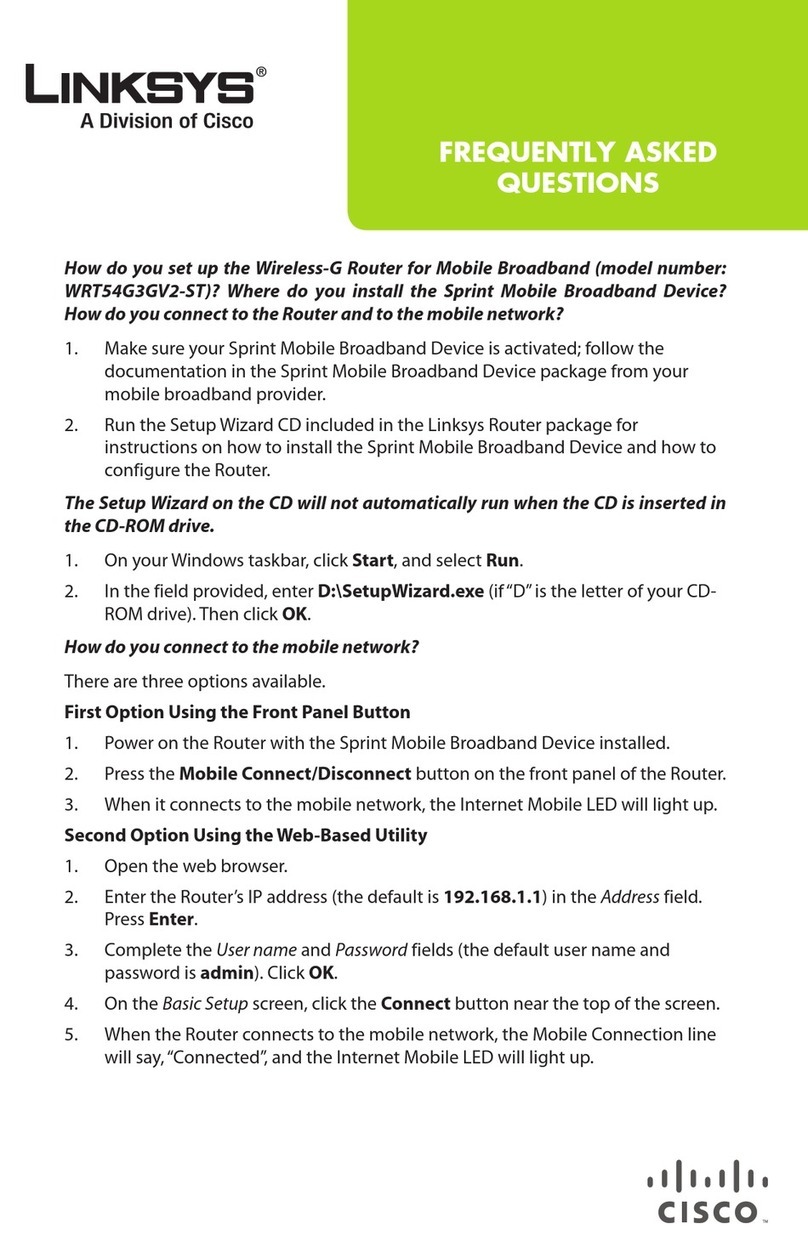
Cisco
Cisco Linksys WRT54G3GV2-ST Instruction Manual
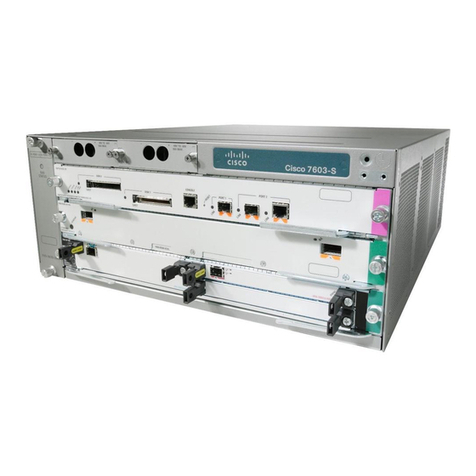
Cisco
Cisco 7600-SIP-400 - SPA Interface Processor 400 User manual

Cisco
Cisco 10000 Series User manual
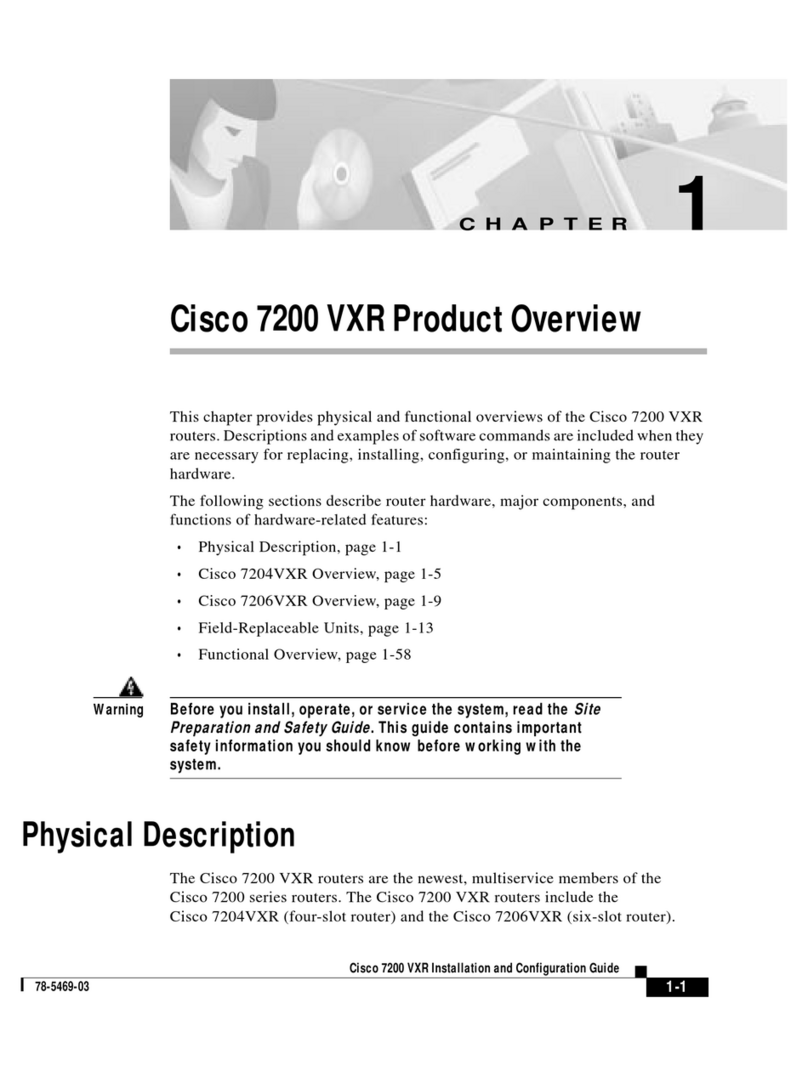
Cisco
Cisco 7200 VXR Series User manual
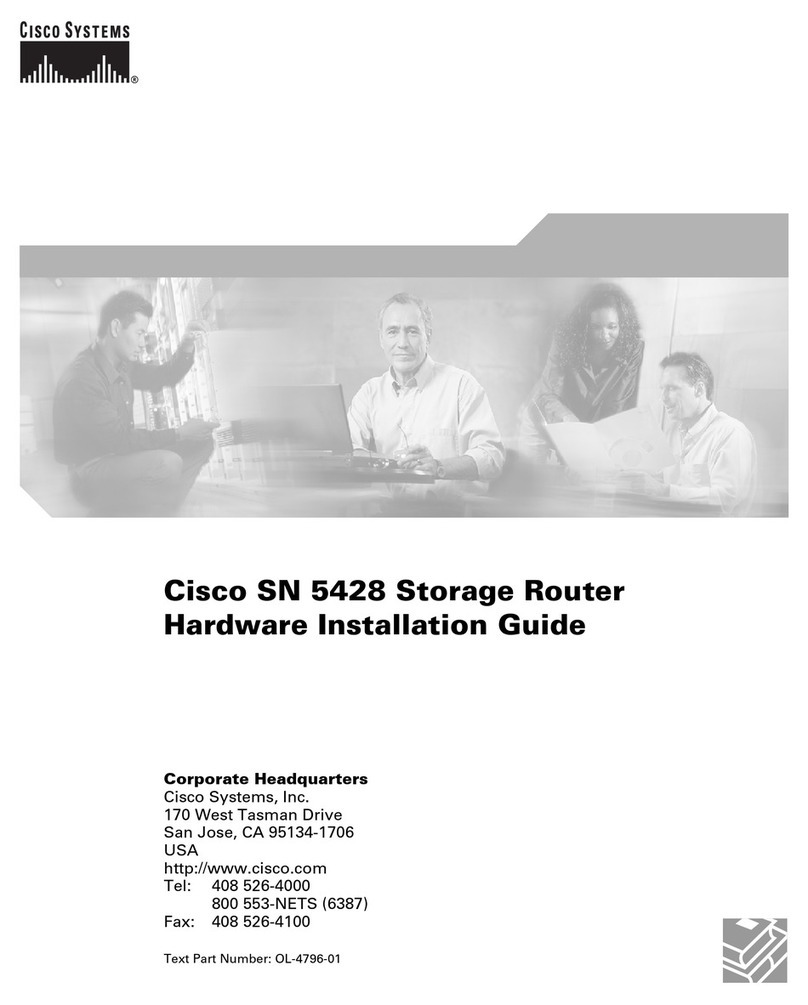
Cisco
Cisco 5428 - SN Router Manual

Cisco
Cisco Linksys X2000 V2 User manual
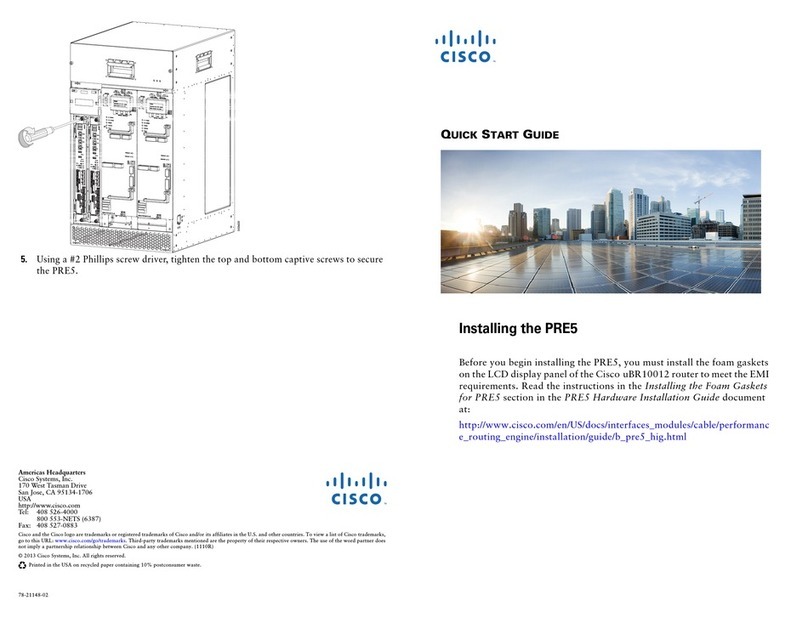
Cisco
Cisco Performance Routing Engine 5 User manual
Popular Network Router manuals by other brands

TRENDnet
TRENDnet TEW-435BRM - 54MBPS 802.11G Adsl Firewall M Quick installation guide

Siemens
Siemens SIMOTICS CONNECT 400 manual

Alfa Network
Alfa Network ADS-R02 Specifications

Barracuda Networks
Barracuda Networks Link Balancer quick start guide

ZyXEL Communications
ZyXEL Communications ES-2024PWR Support notes

HPE
HPE FlexNetwork 5510 HI Series Openflow configuration guide
